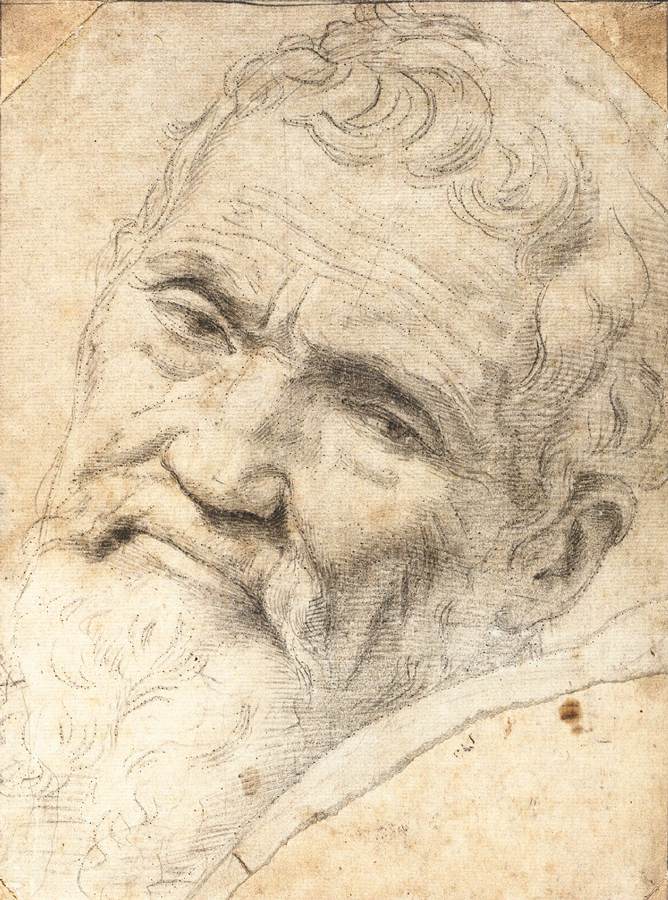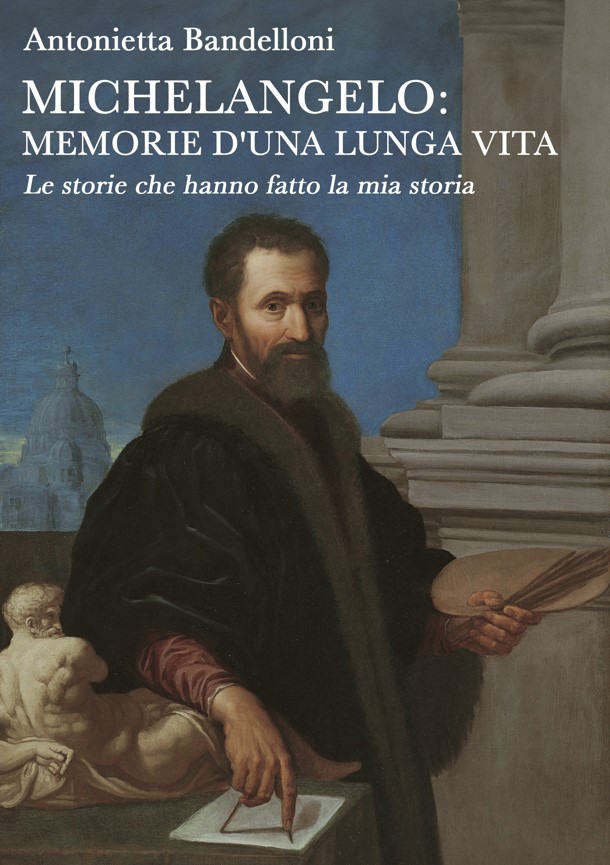La Fontana del Porcellino
A Firenze, a fianco della Loggia del Mercato Nuovo progettata da Giovan Battista del Tasso nel 1547 su commissione di Cosimo I, si trova la celeberrima Fontana del Porcellino.
Il porcellino, o meglio, il cinghiale
Se siete passati da quelle parti, sicuramente vi sarà capitato di vedere qualcuno che tenta di mettere in bocca del porcellino delle monete che inevitabilmente scivolano giù. Ebbene, leggenda vuole che strofinandogli il muso e mettendogli una monetina in bocca, si avrà fortuna se il soldo candendo oltrepasserà la grata finendo nell’acqua.
Sebbene venga chiamata da tutti Fontana del Porcellino, la scultura porta fortuna raffigura un cinghiale.
Il porcellino del Tacca
L’opera originale fu fusa da Pietro Tacca, uno dei migliori allievi del Giambologna. Realizzò il calco nel 1612 e poi lo fuse in bronzo con la tecnica della cera persa nel 1633.
Fu Cosimo II a commissionargli questa fontana, divenuta celebre nel mondo intero. Oramai non si contano più le copie che sono state realizzate che si trovano non solo nel resto d’Europa ma anche in tutto il continente americano e in Australia.
Il Tacca però non ebbe un’idea originalissima ma si rifece all’opera ellenistica in marmo, tutt’oggi visibile nel terzo corridoio della Galleria degli Uffizi.
Il cinghiale fu riprodotto da Tacca con estremo realismo e dotato di una base ottagonale decorata con con piante, anfibi e molluschi che abitualmente vivono negli acquitrini frequentati spesso da questi animali in cerca di cibo e refrigerio.
La Fontana del Porcellino non aveva solamente uno scopo decorativo ma costituiva un utile approvvigionamento d’acqua potabile per tutti i mercanti che proponevano le loro merci al di sotto della Loggia del Mercato Nuovo.
“Nella città di Firenze, non lontano da Piazza del granduca , si trova una traversa che credo si chiami Porta rossa; qui, davanti a una specie di bancarella di verdura, sta un porcellino di bronzo, di bella fattura; fresca e limpida acqua scorre dalla bocca di quell’animale, che a causa dell’età è tutto verde scuro solo il grugno brilla, come fosse stato tirato a lucido, e questo si deve alle molte centinaia di bambini e di poveretti che vi si afferrano per avvicinare la bocca a quella dell’animale e bere…”
Hans Christian Andersen
Come arrivò il cinghiale in marmo a Firenze?
Cosimo I de’ Medici andò a visitare papa Pio IV nel 1560 e rimase affascinato dalle antichità presenti a Roma. Il pontefice gli volle regalare una replica romana in marmo di un cinghiale greco originale in bronzo risalente al III secolo a.C, che era stato rinvenuto in città assieme a due sculture di cani molossi.
Quella preziosa scultura era stata ritrovata solo qualche anno prima, nel 1556, alle pendici dell’Esquilino.
I trasferimenti della Fontana del Porcellino
La Fontana del Porcellino fu fatta collocare da Cosimo II dinnanzi alla spezieria omonima del Porcellino, su via Por Santa Maria. Successivamente, per facilitare la viabilità, nell’Ottocento fu spostata sul lato sud della Loggia, proprio davanti a quella che un tempo era la Borsa Merci.
All’inizio della sua esistenza la loggia era frequentata soprattutto da cambia valute e commercianti di stoffe pregiate di lana, seta e broccati. Nell’Ottocento gli antichi mestieri furono sostituiti dai mercanti di fiori mentre oggi è il luogo preferito da chi desidera acquistare manufatti artigianali, spesso realizzati in pelle.
Per ragioni conservative l’opera originale del Tacca è stata spostata al riparo nel Museo Bardini. Il porcellino con la base fu sostituito una prima volta nel 1857 con una replica realizzata nella fonderia di Clemente Papi e successivamente nel 1988 con una replica realizzata dalla Fonderia Ferdinando Marinelli di Firenze.
Sia l’originale del Tacca che la prima copia del Papi oggi possono essere ammirate nel Museo Bardini.
Il sempre vostro Michelangelo Buonarroti per il momento vi saluta dandovi appuntamento ai prossimi post e sui social.
The Porcellino Fountain
In Florence, next to the Loggia del Mercato Nuovo designed by Giovan Battista del Tasso in 1547 commissioned by Cosimo I, is the famous Fountain of the Porcellino.
- ‘Michelangelo Buonarroti è tornato’: festeggio con voi i miei primi 10 anni d’arte, narrazioni, incontri e cambiamenti
- Notte dei Musei: Visite Gratuite e a un euro
- Dieci domande all’artista Fabio Cuffari: Pittura e Disegno Contemporaneo dall’Inquietudine al Sacro
- Il Dipinto del giorno: la Madonna della Seggiola di Raffaello e quella cornice non più originale
- L’Estasi nella Sagrestia Nuova che rischia di trasformare in pietra il visitatore
The pig, or rather, the wild boar
If you have passed by there, surely you will have seen someone who tries to put coins in the pig’s mouth that inevitably slide down. Well, legend has it that by rubbing his muzzle and putting a coin in his mouth, you will be lucky if the penny candying goes beyond the grate and ends up in the water.
Although it is called by all the Fountain of the Pig, the sculpture brings good luck depicts a wild boar.
Tacca’s pig
The original work was cast by Pietro Tacca, one of Giambologna’s best pupils. He made the cast in 1612 and then cast it in bronze with the lost wax technique in 1633.
It was Cosimo II who commissioned this fountain from him, which became famous throughout the world. Now there are no longer copies that have been made that are found not only in the rest of Europe but also throughout the American continent and Australia.
However, Tacca did not have a very original idea but went back to the Hellenistic marble work, still visible today in the third corridor of the Uffizi Gallery.
The wild boar was reproduced by Tacca with extreme realism and equipped with an octagonal base decorated with plants, amphibians and molluscs that usually live in the marshes often frequented by these animals in search of food and refreshment.
The Porcellino Fountain not only had a decorative purpose but was a useful supply of drinking water for all the merchants who offered their goods under the Loggia del Mercato Nuovo.
“In the city of Florence, not far from Piazza del Granduca, there is a side street which I believe is called Porta Rossa; here, in front of a kind of vegetable stall, stands a beautifully made bronze pig; fresh and clear water flows from the mouth of that animal, which due to age is all dark green only the snout shines, as if it had been polished, and this is due to the many hundreds of children and poor people who cling to it to bring the mouth closer to that of the animal and drink … “
Hans Christian Andersen
How did the marble boar arrive in Florence?
Cosimo I de ‘Medici went to visit Pope Pius IV in 1560 and was fascinated by the antiquities present in Rome. The pontiff wanted to give him a Roman marble replica of an original Greek boar in bronze dating back to the third century BC, which had been found in the city together with two sculptures of Molosser dogs.
That precious sculpture had been found only a few years earlier, in 1556, on the slopes of the Esquiline.
The transfers of the Fontana del Porcellino
The Fountain of the Porcellino was placed by Cosimo II in front of the apothecary of the same name of the Porcellino, on via Por Santa Maria. Subsequently, to facilitate traffic, in the nineteenth century it was moved to the south side of the Loggia, right in front of what was once the Commodity Exchange.
At the beginning of its existence, the lodge was mainly frequented by money changers and merchants of fine wool, silk and brocade fabrics. In the nineteenth century the ancient crafts were replaced by flower merchants while today it is the favorite place for those who want to buy handicrafts, often made of leather.
For conservation reasons, the original work by Tacca has been moved to shelter in the Bardini Museum. The pig with the base was replaced for the first time in 1857 with a replica made in the foundry of Clemente Papi and later in 1988 with a replica made by the Ferdinando Martinelli Foundry in Florence.
Both the original by Tacca and the first copy of the Papi can now be admired in the Bardini Museum.
Always your Michelangelo Buonarroti greets you for the moment by giving you an appointment to the next posts and on social networks.

Sostienici – Support Us
Se questo blog ti piace e ti appassiona, puoi aiutarci a farlo crescere sempre più sostenendoci in modo concreto condividendo i post, seguendo le pagine social e con un contributo che ci aiuta ad andare avanti con il nostro lavoro di divulgazione. . ENGLISH: If you like and are passionate about this blog, you can help us make it grow more and more by supporting us in a concrete way by sharing posts, following social pages and with a contribution that helps us to move forward with our dissemination work.
5,00 €
-
‘Michelangelo Buonarroti è tornato’: festeggio con voi i miei primi 10 anni d’arte, narrazioni, incontri e cambiamenti
🇮🇹Ebbene sì, dieci anni fa davo inizio a questa bella avventura che mi ha permesso di raccontare di me, delle mie opere ma anche di portarvi in in giro per mostre su e giù per l’Italia, parlare di libri che hanno a che fare con il mondo dell’arte e molto altro ancora… 🇮🇹Well yes, ten…
-
Notte dei Musei: Visite Gratuite e a un euro
🇮🇹Torna la notte dei Musei. Sabato 18 maggio in molte città d’Italia e d’Europa i musei apriranno le porte ai visitatori fino a notte inoltrata ad accesso libero o al prezzo simbolico di un euro… 🇬🇧The Night of the Museums is back. On Saturday 18 May in many cities in Italy and Europe the museums…
-
Dieci domande all’artista Fabio Cuffari: Pittura e Disegno Contemporaneo dall’Inquietudine al Sacro
🇮🇹Torno a parlarvi di artisti contemporanei capaci di risvegliare i sensi più sopiti e di emozionare con le loro opere: Fabio Cuffari. Navigando in rete, mi son trovato dinanzi agli occhi il disegno di una Pietà angosciosa che riesce a penetrare fin sotto pelle per non andarsene più… 🇬🇧I return to talk to you about…






















